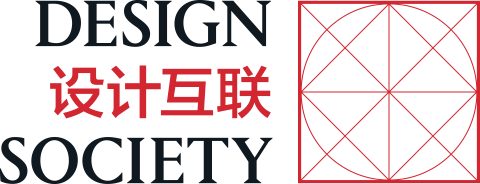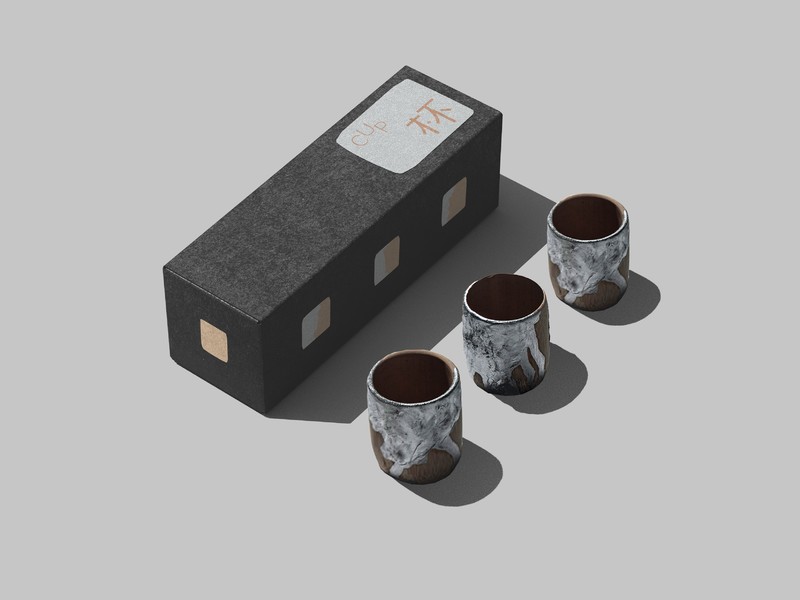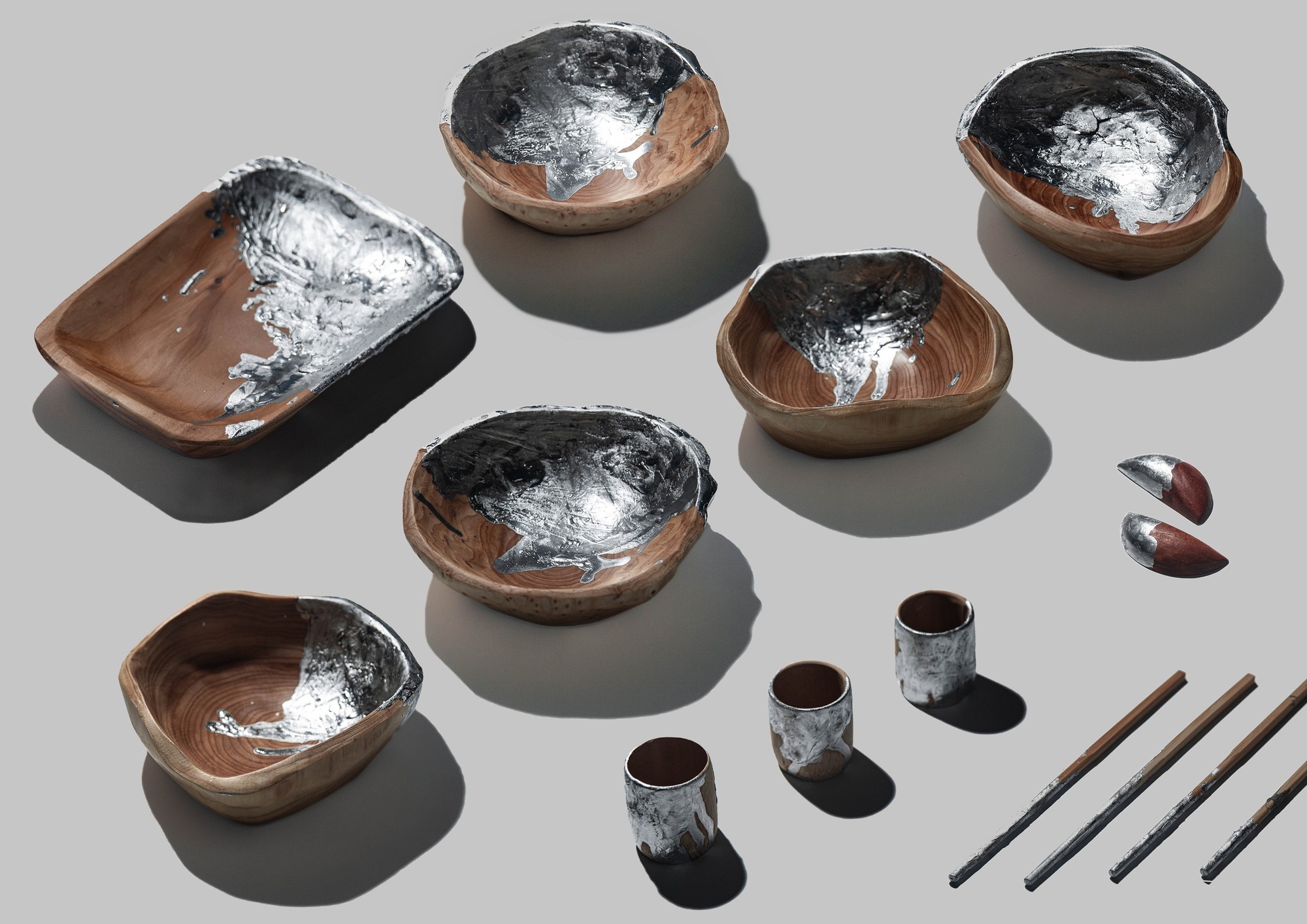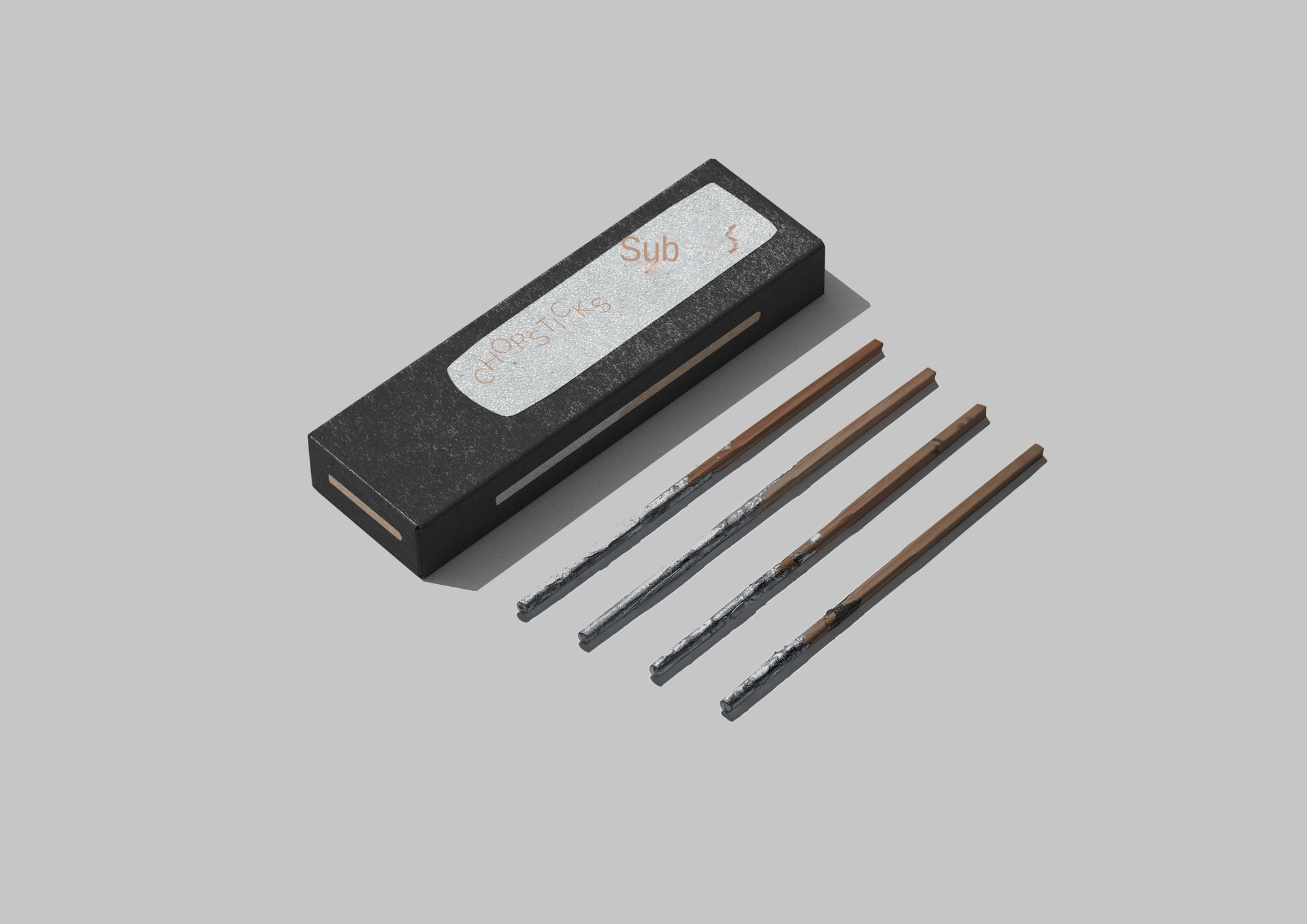
Soul in Body_02_Packing Class

Soul in Body_03_Packaging Class
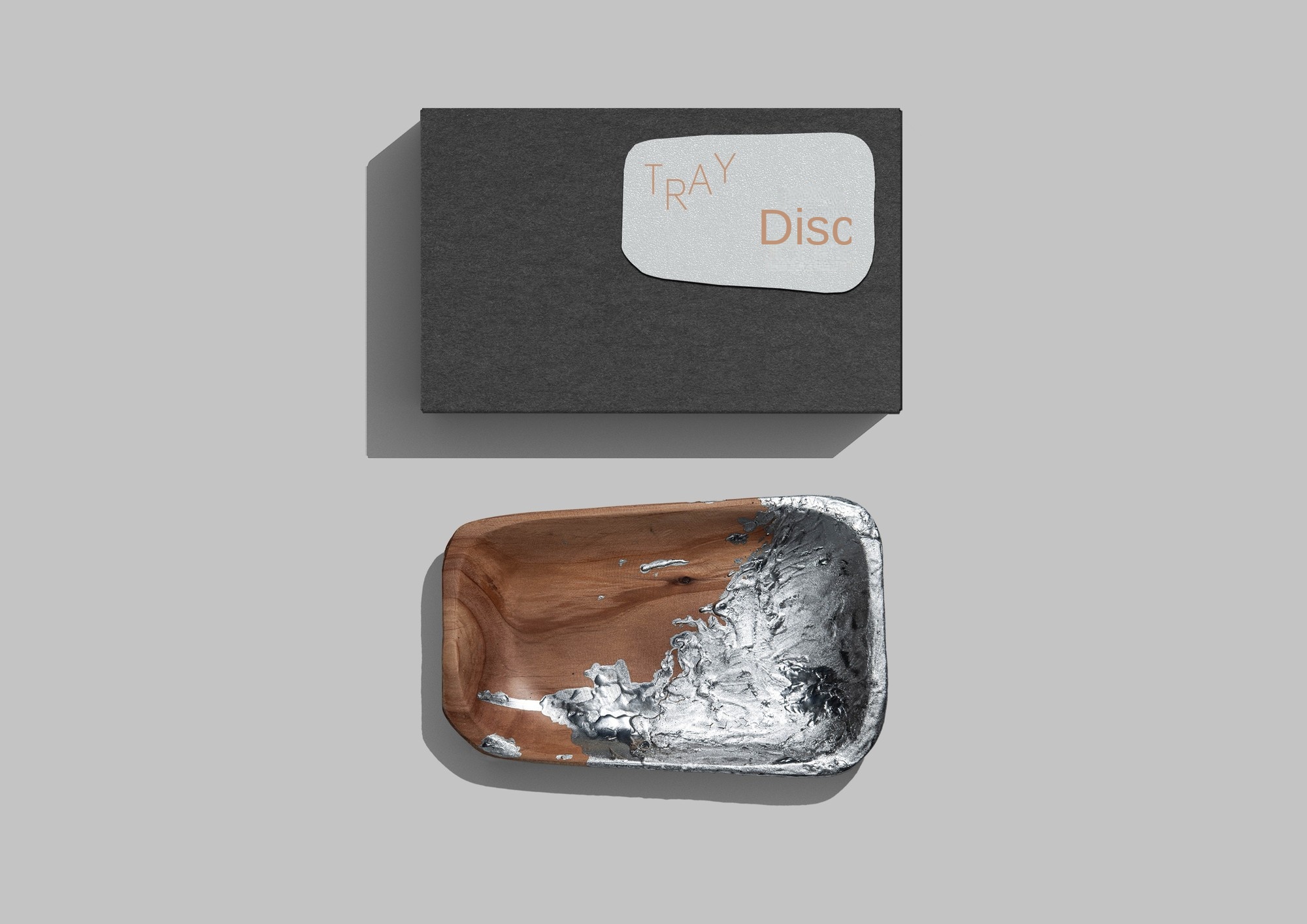
Soul in Body_06_Packing Class
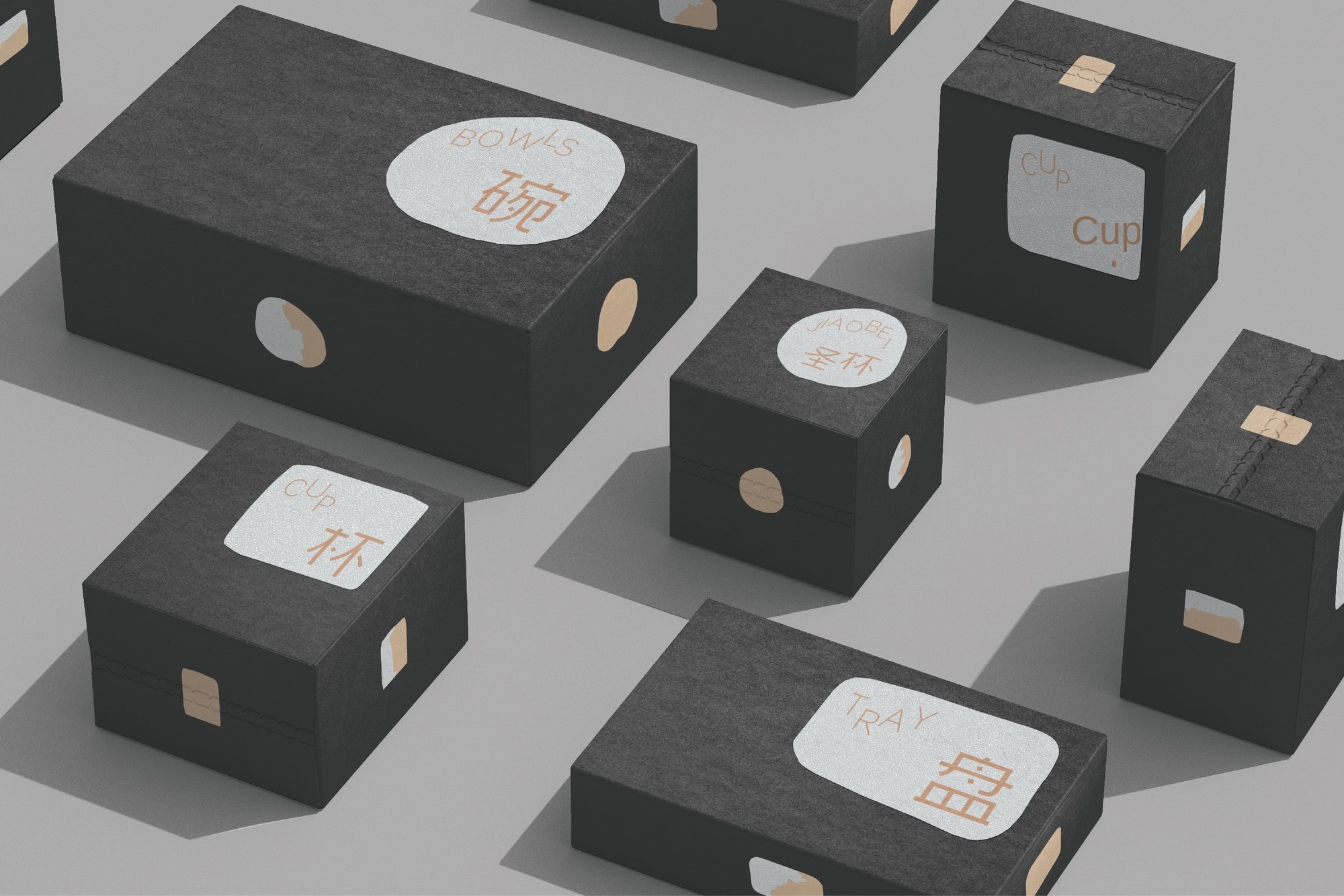
Soul in Body_10_Packing Class

Soul in Body_12_Packing Class
The overall design of this work takes the traditional southern Fujian sacrificial appliances as the carrier to explore the gradually blurred boundary between human and artificial intelligence in the future society. In the design, wood is used to symbolize the biological human body, while metal represents the non-biological artificial intelligence. This material contrast intuitively explains the essential difference and potential blending of the two.
With the continuous advancement of science and technology, when the appearance of human beings is extended through cybernetics, and artificial intelligence may gradually have independent thinking and fertility, the traditional definition of "human" will face unprecedented challenges: will we Gradually become more like artificial intelligence? Or will artificial intelligence gradually have unique human emotions and creativity? This series of questions prompted us to re-examine the fundamental proposition of "what is human.
Under the background of this era, the work is not only a reflection on the advantages and disadvantages of technological change, but also calls people to pay attention to the social, cultural and ethical impacts that may be brought about by the deep integration of technology and human beings. Through the modern deconstruction and reproduction of traditional sacrificial instruments, the design tries to arouse our thinking about our own essence, and how to balance the relationship between people and technology in the future, so as to realize the ideal of coexistence and co-prosperity.
In my work, I focus on what challenges the traditional question of "what to be human" will face when technology continues to advance in the future, human appearance tends to be cybergerized, and artificial intelligence may have the ability to "procreate" and think independently. By deconstructing the artifacts inherited from traditional rituals, I try to present the gradually blurred and even intermingled boundaries between human and artificial intelligence, and at the same time reflect on how human beings maintain their own uniqueness and spiritual core under the impact of the technological torrent.
My works are rooted in traditional Chinese crafts and cultural symbols, such as southern Fujian sacrificial utensils, which not only reflect the respect for traditional aesthetics, but also reinterpret traditional elements through modern design language, promoting the dialogue and integration of traditional and contemporary design.
In a rapidly changing social environment, technological progress is reshaping the relationship between people and society in a new way. By exploring the human-machine boundary, my work triggers public discussion on future identity, ethics and survival status, and urges people to pay attention to how to maintain the humanistic spirit and social responsibility in the context of rapid technological development.
The comparison of wood and metal materials not only symbolizes the distinction between biological and non-biological, but also implies thinking about the relationship between nature and artificial environment. In traditional Chinese culture, the ritual carries the concept of harmonious coexistence between man and nature, and my design attempts to reawaken this resonance in the modern context, thus echoing the deep concern for the ecological environment.
In short, my creative practice is the contemporary expression and regeneration of traditional cultural symbols, and explores the possibility of the future coexistence of man and technology by constantly questioning the fundamental question of "what is human. This kind of exploration not only promotes the development of Chinese contemporary design, but also tries to lead the society to re-examine the deep relationship between man and nature, man and society, and man and his own connotation in the face of technological change.
RCA is reading.
